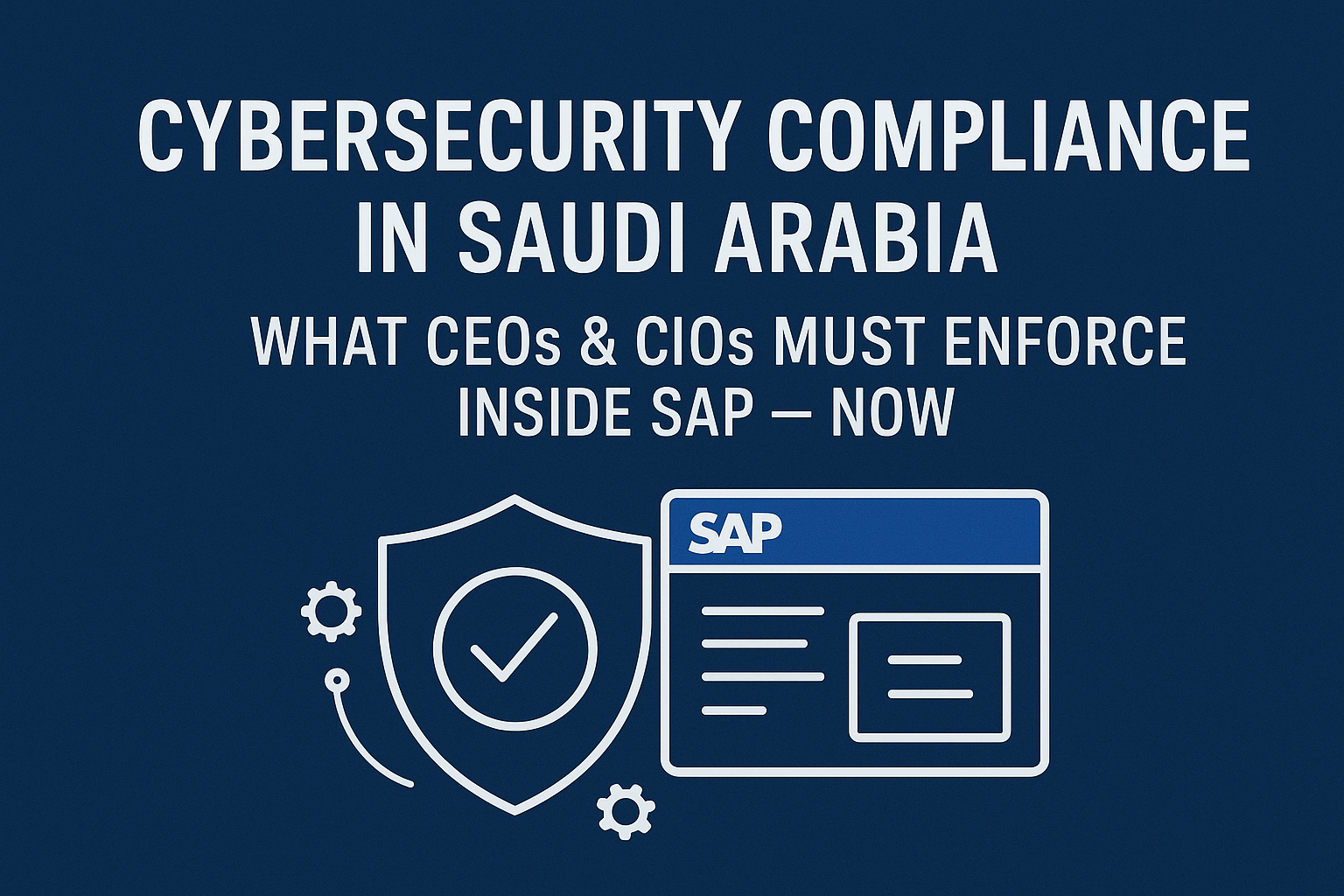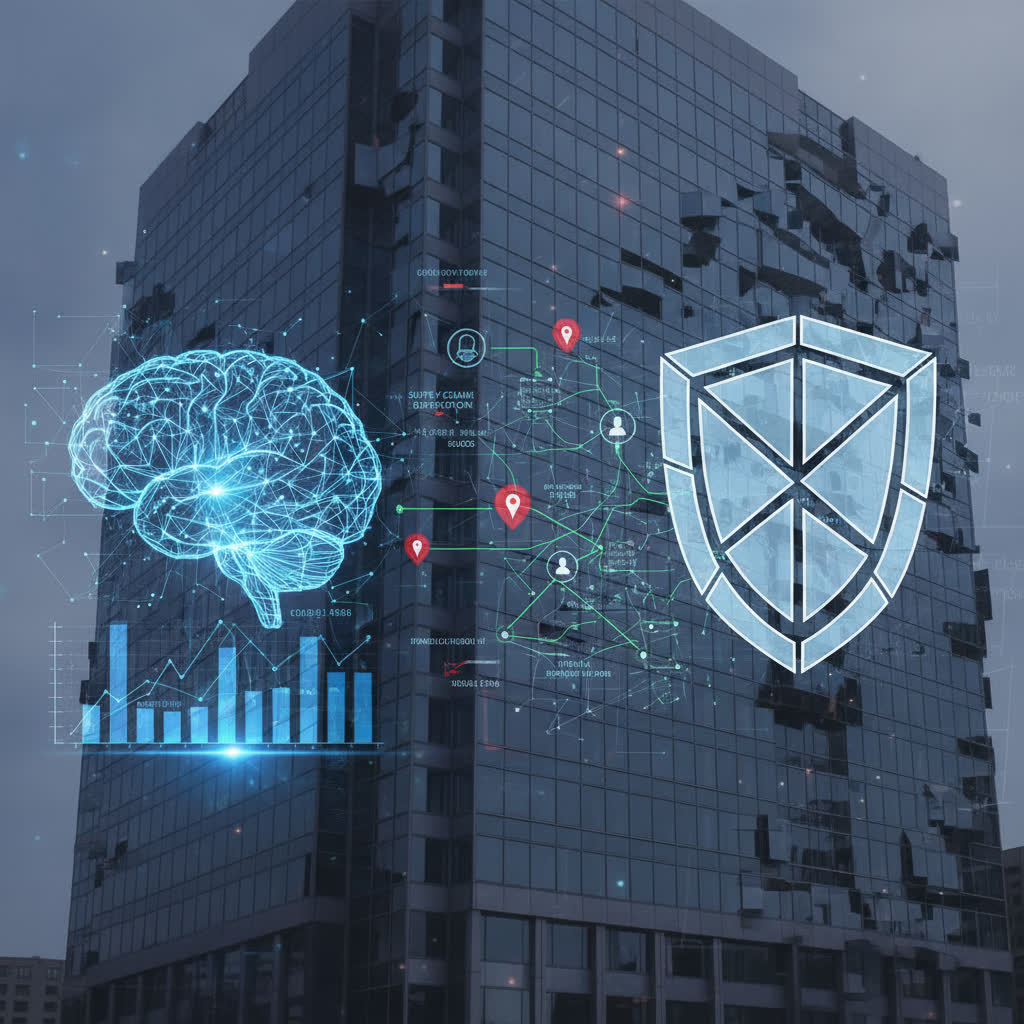Modern businesses often rely on robust systems to manage critical operations, data integrity and regulatory compliance. One area that has grown in significance is the adoption of Governance, Risk and Compliance (GRC) frameworks within SAP environments. As organizations scale and operations intertwine across geographies and industries, managing risk and compliance becomes pivotal. GRC solutions provide the structure and controls for business integrity, transparency and risk prevention. The implementation of GRC solutions is especially vital in complex business environments, where multiple regulations, high transaction volumes and multi-tiered processes exist.
Understanding SAP GRC in Complex Business Environments
SAP GRC (Governance, Risk and Compliance) has emerged as a strategic driver in helping businesses meet regulatory demands and internal policies. A complex business environment typically features diverse processes, segmented operational units and multi-layered authority structures. Companies may operate in multiple countries, each with unique legal frameworks and compliance requirements. As a result, the implementation of an effective GRC solution becomes a cornerstone for sustained performance and risk management.
These environments often require real-time insights, automated risk detection and strong role management. Business units must balance the needs for operational agility and strict adherence to policy. Effective GRC implementation aligns business objectives with risk-aware behavior by embedding rules and controls throughout organizational workflows. This ensures accountability, transparency and reliable reporting for stakeholders, regulators and auditors.
Key Components of an Effective GRC Strategy
Building a robust GRC framework begins with clear objectives. Businesses must establish the scope and expectations before introducing any new tooling or process. Risk identification forms the foundation of the journey, allowing organizations to map threats, vulnerabilities and potential impacts across their SAP environment. A risk taxonomy encompassing operational, regulatory and technological threats supports targeted mitigation strategies.
Authorization management is equally significant. Employees and contractors must access only the data required for their role, without superfluous privileges. Segregation of duties (SoD) controls reduce the opportunity for fraud or error. Effective GRC strategies also cover incident response planning, ongoing monitoring and reporting workflows. Integrating GRC process flows with daily operations creates habits of compliance, rather than isolated tasks triggered by audits.
Moreover, success depends on process optimization and continuous improvement. Organizations must assess existing workflows, streamline controls and adopt feedback mechanisms. This cyclical approach ensures that GRC efforts adapt dynamically to shifting regulatory environments and business models.
Approaching the Implementation of GRC Solution
Planning and Assessment
Implementing a GRC solution involves thorough groundwork. Businesses start by evaluating their existing security landscape, identifying gaps in controls and understanding the flow of sensitive data. Mapping organizational processes helps pinpoint integration points where GRC technology will have the most impact. Assessment includes evaluating legacy systems, third-party risks and compliance histories. This clarity aids in prioritizing the GRC modules and features to deploy first.
Stakeholder Engagement and Governance
Engaging all stakeholders ensures buy-in and smooth adoption. Involving business leaders, IT teams and compliance officers in planning workshops unifies objectives. Governance structures support the implementation by assigning roles, responsibilities and escalation points. Defining a GRC steering committee can drive focus and accountability, ensuring that implementation runs on schedule and aligns with broader business priorities.
Technology Selection and Customization
Selecting the right GRC technology is fundamental. SAP systems offer integrated solutions with comprehensive risk analysis, policy management and continuous monitoring features. Customizing these tools to fit the unique structure of each business is vital. Tailored configuration lets the system mirror company hierarchies, geographical spread and reporting requirements. The right balance must be struck between standardization, which simplifies audits, and customization, which accommodates complex workflows.
SAP Risk Analysis as a Service: Key Role in Modern GRC
Risk analysis must be an ongoing process rather than a one-time activity. SAP Risk Analysis as a Service provides a proactive approach to detecting and managing threats in real time. With specialized tools, businesses gain the capability to scan authorization models, transactions and configurations for vulnerabilities, conflicts and SoD breaches. Continuous assessment reveals changing patterns, new threats and emerging weaknesses.
This service model frees internal teams from routine, resource-intensive tasks while giving them immediate visibility into system health. Regular reports and dashboards present management with actionable insights that guide risk-aware decision-making. Automated testing reduces human error and speeds up remediation timelines. By making risk analysis a service, businesses ensure that GRC processes remain agile, responsive and aligned with actual risks on the ground.
Addressing Compliance in Multi-Jurisdictional Environments
Complexity of Regulations
Global organizations must adhere to a mosaic of regulations, including GDPR, SOX and ISO 27001. These standards impose distinct requirements for data protection, access management, documentation and reporting. Misalignment with any framework risks penalties, brand damage and operational disruption. As regulations evolve, compliance tracking and enforcement must keep pace.
Automated Controls and Reporting
Automated GRC controls streamline the compliance effort. Pre-built policy templates, automated alerts and exception reporting offer consistent and reliable oversight. Real-time documentation provides auditable records for regulators and internal stakeholders. Automated compliance monitoring not only eases audit preparation but also demonstrates due diligence and organizational transparency.
Audit Trail Management
A thorough audit trail is foundational for defending decisions and showcasing compliance during reviews. Digital systems automatically capture who did what, when and why. Logs remain tamper-proof and accessible, supporting both internal checks and external audits. Regularly reviewed audit trails strengthen the organization’s ability to meet regulatory standards and respond rapidly to inquiries.
Ensuring Effective Authorization Management
Principle of Least Privilege
Authorization management underpins both risk mitigation and compliance assurance. The principle of least privilege grants users only the access strictly needed to perform their roles. This simple rule delivers significant security benefits. By systematically reviewing and trimming authorization matrices, companies reduce potential attack surfaces and prevent unauthorized actions.
Segregation of Duties (SoD)
Segregation of duties is a vital internal control. By separating tasks so that no individual can complete a sensitive process on their own, businesses minimize fraud risk and unintentional errors. Automated SoD checks and conflict resolution workflows ensure continuous oversight.
Role Design and Lifecycle Management
Roles must reflect actual business needs without overlap or redundancy. A clear process for designing, approving and updating roles ensures that as responsibilities evolve, access rights remain appropriate. De-provisioning and user termination processes are streamlined, closing potential gaps that could be exploited if overlooked.
Change Management Considerations for GRC Implementation
Introducing a GRC solution represents a significant transformation for most organizations. Change management plays a pivotal role in ensuring success. Stakeholders at every level must understand the rationale for new controls, the benefits of risk reduction and the value of ongoing compliance monitoring. Transparent communication builds trust and smooths transitions. Training and awareness campaigns prepare users to adopt new roles, workflows and accountability structures.
Feedback loops allow for continual refinement. Managers gather input from end users and adjust procedures to improve user acceptance. This incremental evolution ensures that investment in GRC technology yields both compliance and business value without disrupting established operations.
Case Studies: Benefits of GRC in Action
Global Manufacturer: Streamlined Audits
An international manufacturing firm with operations across Europe and Asia adopted a centralized GRC solution to unify their risk and compliance management. Their previous processes operated in silos, with different regions interpreting regulations differently. Through implementation of the new solution, audit cycles shortened, regulatory fines dropped and management had real-time oversight for the first time.
Financial Service Provider: Enhanced Security
A financial institution needed to comply with evolving requirements related to electronic payments and personal data. Implementing SAP Risk Analysis as a Service helped surface conflicting roles and latent vulnerabilities. Automated alerts allowed teams to remediate issues before annual audits, significantly reducing risk exposure and improving stakeholder confidence.
Retail Enterprise: Improved Efficiency
A retail group faced complex user management due to high staff turnover and seasonal employees. Role-based access controls, continuous risk scanning and robust de-provisioning processes enabled greater operational agility. The compliance team completed quarterly reviews in half the usual time, while the business stayed compliant with strict industry regulations.
Continuous Improvement: Post-Implementation Review and Optimization
GRC implementation is not a one-off project, but an ongoing program. Post-implementation reviews are essential for sustaining momentum and deriving full value. At regular intervals, businesses must evaluate GRC workflows, risk assessments and issue response practices. Benchmarking against industry standards and regulatory changes fuels continuous improvement efforts.
Data-driven insights enable optimization. When new technology, business units or regulatory requirements emerge, administrators revisit authorization schemes and risk registers. Process mining tools, user feedback and audit findings inform adjustments, strengthening both internal controls and user experiences over time.
Looking Ahead: GRC and the Future of Business Resilience
As the pace of business accelerates in 2025, GRC frameworks will play a central role in balancing opportunity and risk. Technological developments such as artificial intelligence and predictive analytics promise to enhance GRC capabilities further. These advancements will help organizations anticipate issues, automate responses and deepen the culture of risk awareness.
Businesses that prioritize proactive risk management and compliance gain a competitive edge. By embedding effective GRC practices into SAP environments now, they future-proof their operations and build trust with customers, regulators and partners. In this sense, the ability to implement and continually refine GRC solutions marks a clear advantage for organizations navigating complexity in the modern marketplace.





